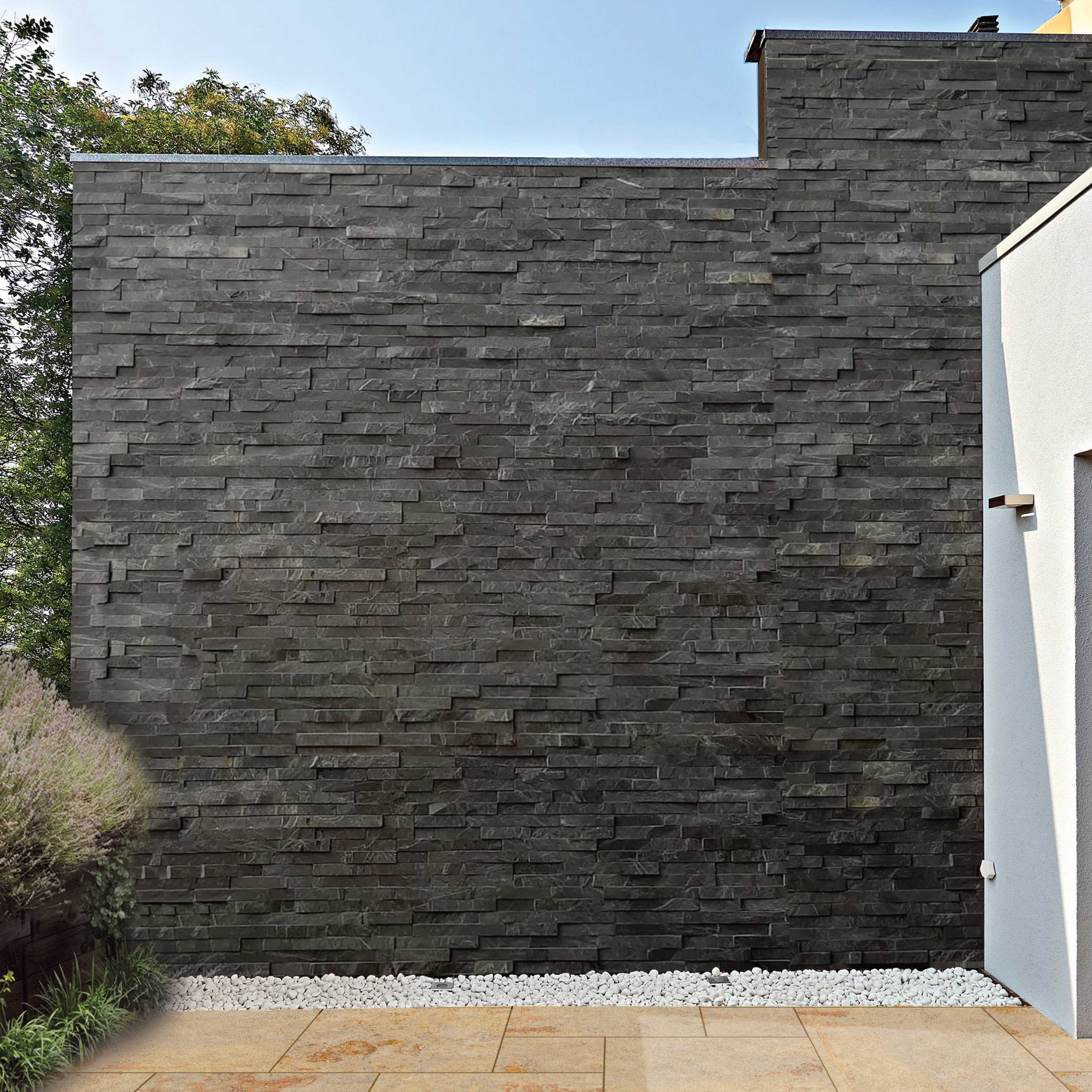How to Point a Patio: A Descriptive Guide for Patio Pointing
Apr 13, 2023
It is difficult to keep your patio pointing in good shape, especially in the UK’s harsh winter weather. Rain and freezing conditions can leave a patio damaged as well as weed-infested. There’s a lot that can influence the structure of your patio, from erosion’s severe but slow-to-appear damage to physical damage and ground movement.
If the mortar that rests between each paving slab on your existing patio shows signs of cracking, it is time to repoint it. Patios design ideas that have been neglected or cracked contain openings that allow water to enter, enabling weeds to thrive in the spring. Learning how to remove all of the present pointing, and getting in the new one, will aid in maintaining the premium appearance of your patio.
What Causes The Pointing in Your Patio to Crack?
Nothing lasts forever, and pointing between pavement slabs is no different. However, specific elements govern how long the mortar between each slab should last. If your patio pointing has already broken out, you now have the choice of utilising a paving jointing compound. Most pointing has a 5-year life lifetime. If you have had a new patio installed in the last couple of years and it is already breaking away from the patio pointing, this might be due to how the mortar was laid.
If your mortar mix is too dry, your pointing will only last 6 months. A wet mix produces a considerably stronger patio grout, but it takes much longer to dry.
How to Point a Patio
Traditional Method For Patio Pointing
This approach has been around for a long time. It has a devoted following who believes it is the best way to point a patio. Even with the rise of jointing compounds taking up a large portion of the market, it is likely still the most popular method because it has been done successfully for years.
To fill the spaces between your patio slabs, you must make a patio pointing mix. You should complete it as quickly as possible after the paving has been installed, but only on a dry day with no possibility of rain or frost.
Application Method:
Load some mortar onto a trowel and gently begin to fill the gaps between your slabs. Use a second trowel to ease the mortar into the crevices.
Safety Tip: When working with mortar, it is critical to avoid the slabs’ apparent edges. If cement is left on the surface, it will discolour. Wear a mask while working.
Until the mortar is full, pack it down tightly. Once the mortar is full, ‘strike’ it with a pointed iron to smooth it out. This makes the project look cleaner and the joint more resistant to frost and water damage.
It is critical to brush away any extra mortar as soon as possible to avoid discolouration. Allow it to cure for about an hour before sweeping any excess from the slabs’ surface with a soft-bristled brush. Sweep across the joints rather than along them to avoid disturbing the joints. If the mortar in the joints appears to have been harmed, strike the joints again to smooth them out.
Keep all foot activity off the patio for at least 48 hours to let the joints cure completely.
Modern Method For Patio Pointing
This method has become tremendously popular in recent years, with several companies making their own patio planner product. They combine simplicity and efficiency to transform what was formerly a full day’s work into something that could be completed in a few hours.
This procedure provides you with a specific resin-based patio pointing compound, ready to use in any weather. The method has grown in popularity due to its ability to be used 365 days a year and its speed in completing the task.
Application Method:
Wet down your patio with a hose once it has been set down. One-tub jointing compounds require a lot of water to function properly. They include resin to aid in the binding process, and if the slabs are not adequately saturated with water, the resin might linger on the slabs, leaving a visible film on the surface. These are also very popular for outdoor porcelain tiles. So, moisten the patio thoroughly, then pour the tub out onto the slabs and get this nice and soggy as well.
Brush the compound into the crevices between the slabs with a soft-bristled brush or even a squeegee. Ideally, keep adding water during the procedure – do not let the area dry out.
Using a hose, wash the last bits of any residual compound into the gaps. Once more, soaking the entire terrace.
Allow the patio to dry — on a typical day, this will take anywhere from 15 to 45 minutes. Sweep away any excess after it has dried.
Conclusion
For patio pointing, there are two options. The contemporary procedure, which involves using a joint compound, is simple, rapid, effective, and can accommodate several laying patterns. The disadvantage is that it is costly. The classic approach involves mixing cement and sand in a mortar mix. While it is less expensive, it takes longer and requires greater attention to the mixing ratio. You also run the possibility of doing stints.


